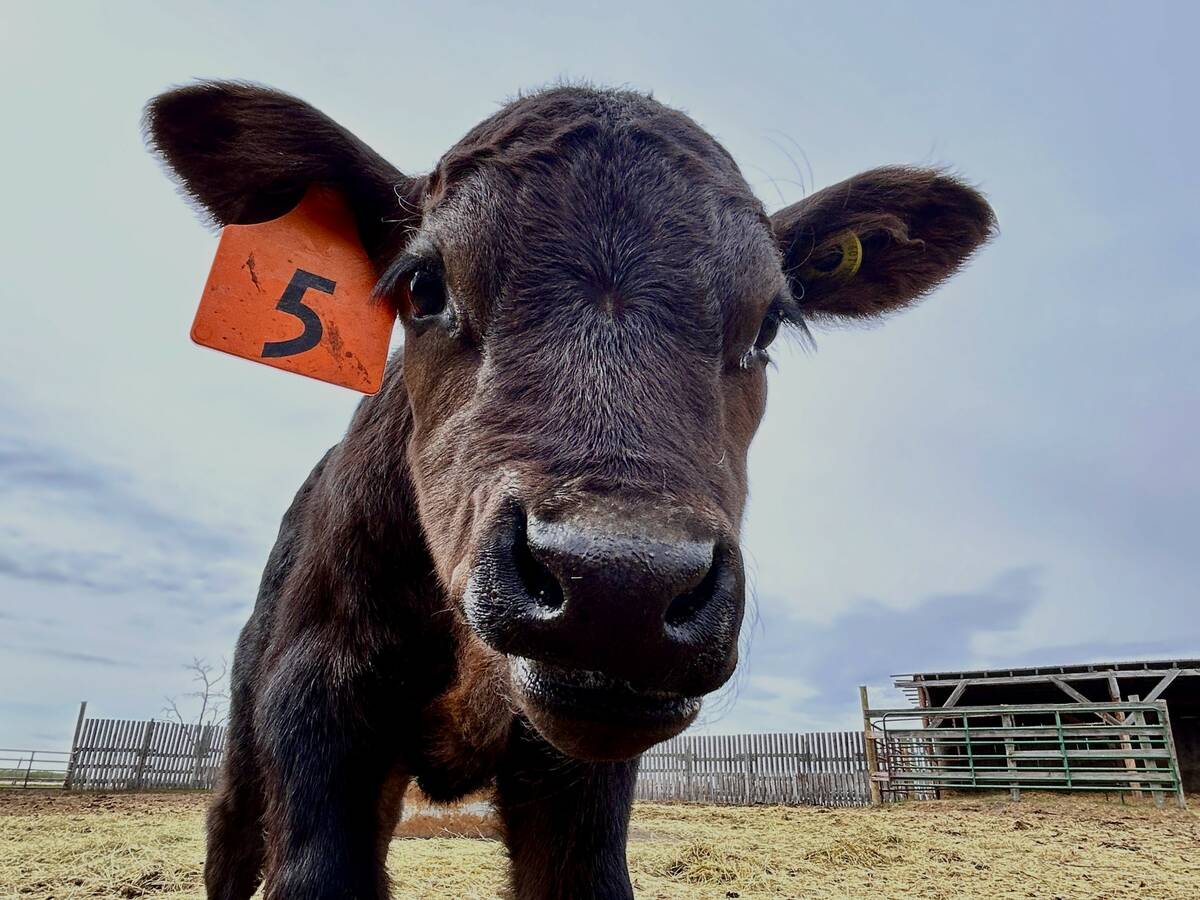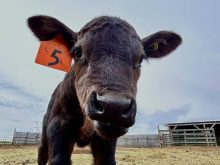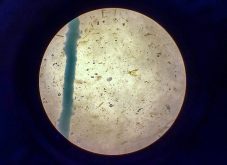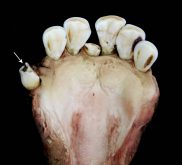RED DEER – Valuable genetics in a horse sometimes carry a poison pill.
Responsible breeders want to develop sound, healthy horses through careful selection, but occasionally genetic diseases appear, said Philip Sponenberg of the Virginia-Maryland regional college of veterinary medicine. He outlined some of these conditions at the Alberta Horse Breeders and Owners conference in Red Deer Jan. 14.
DNA testing can detect horses that carry genetic disorders and decisions need to be made whether to breed those animals.
“Carriers are normal horses that can produce abnormal foals,” he said.
Read Also

Calf hormone implants can give environmental, financial wins
Hormone implants can lead to bigger calves — reducing greenhouse gas intensity, land use intensity and giving the beef farmer more profit, Manitoba-based model suggests.
“Carriers can be mated to noncarriers completely safely.”
Culling a carrier horse could result in the loss of valuable traits. He suggested one strategy is testing stallions if they produce more than five foals a year, or to let the marketplace decide if that animal is breeding quality.
“The marketplace can be fairly savage especially if it relies on rumour or innuendo,” he said.
In a large breed where thousands of horses are registered each year, the gene pool is not upset if a few are removed, but in the case of rare breeds, an entire bloodline could be lost.
Some diseases can be managed while others affect the horse’s overall welfare.
One such welfare condition is hereditary equine regional dermal asthenia. It causes the horse’s skin to come off and may be noticed when the horse starts wearing a saddle. It is a recessive disorder and is most often seen in Quarter horses.
When a horse has this condition, there is a lack of adhesion within the dermis or the deep layer of skin due to a collagen defect.
The layers are not held firmly together and they separate. When the horse is ridden under saddle or suffers trauma to the skin, the outer layer often splits or separates from the deeper layer, or it can tear off completely. It leaves disfiguring scars and new damaged areas continually arise.
Breeders whose horses have produced affected offspring can reduce the likelihood in the future by avoiding inbreeding.
Hyperkalemic periodic paralysis is a metabolic condition causing periodic attacks because of high potassium levels. The sensitivity is due to a mutation in a gene that governs sodium channels in muscle cells. It can cause temporary paralysis and the horse collapses. In severe cases it can be lethal.
It results in heavy muscling, so some breeders actually seek horses with this disease for the show ring.
The disease traces back to a horse called Impressive known for being well muscled and a winner in the show ring more than 20 years ago. It had the ability to pass on the musculature to its offspring, but it was years before horse owners noticed a disease with attacks of muscle trembling, generalized weakness and collapse. About 50,000 Quarter horses are part of the Impressive bloodline.
The disease can be managed with a low potassium diet such as found in most grains and oat hay. Molasses, alfalfa and timothy hay are high in potassium.
Sponenberg said mating carrier horses becomes an ethical dilemma when breed politics enter into breeding decisions.
“The show ring has put a value on this. On average these horses have an advantage in the halter shows and that increases their value,” he said. “A sound horse should be winning but some shows are rewarding a genetic defect.”
The only way to eliminate it may be to insist on testing all show horses.
Another genetic condition is ocular dysplasia where silver dappled horses are at risk of developing vision problems. A vision impaired horse can be a problem, yet some people demand silver dappled horses.
Heterozygotes, or horses carrying one copy of the gene, appear to have minor eye defects while homozygotes containing two copies of the same gene may have impaired vision. Sponenberg suggested crossing a silver dapple to a non-silver and the problem could be reduced.
A veterinarian can determine if a horse has eye problems because the defect may not be
apparent.
Another genetic problem is the high susceptibility to cancer among grey horses. Sponenberg estimates 85 percent of grey horses appear to develop melanomas by the time they are 15.
















